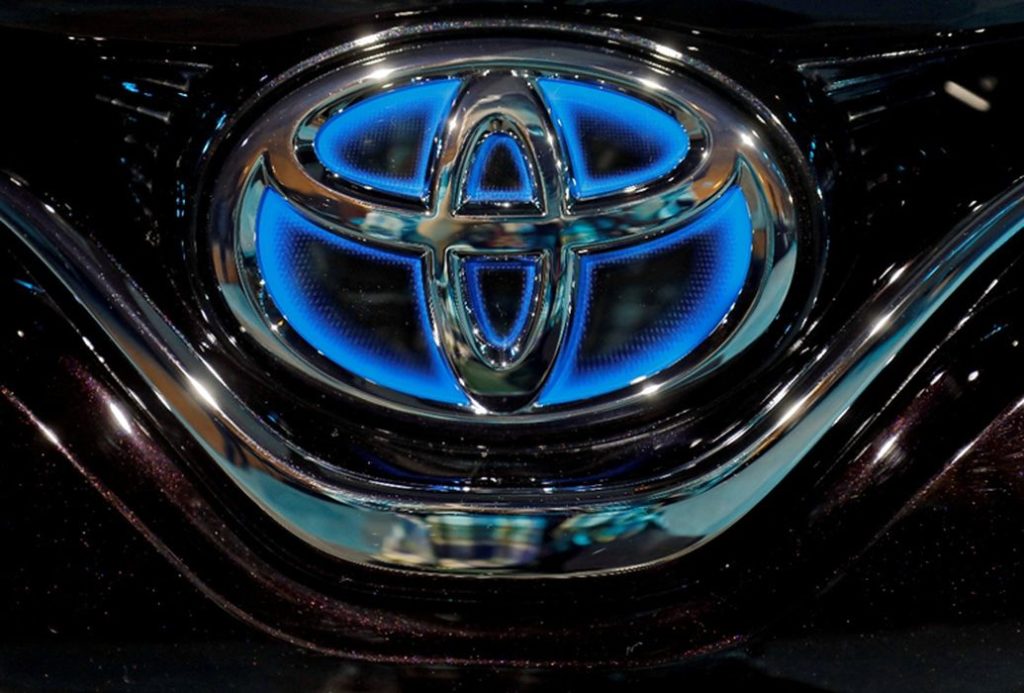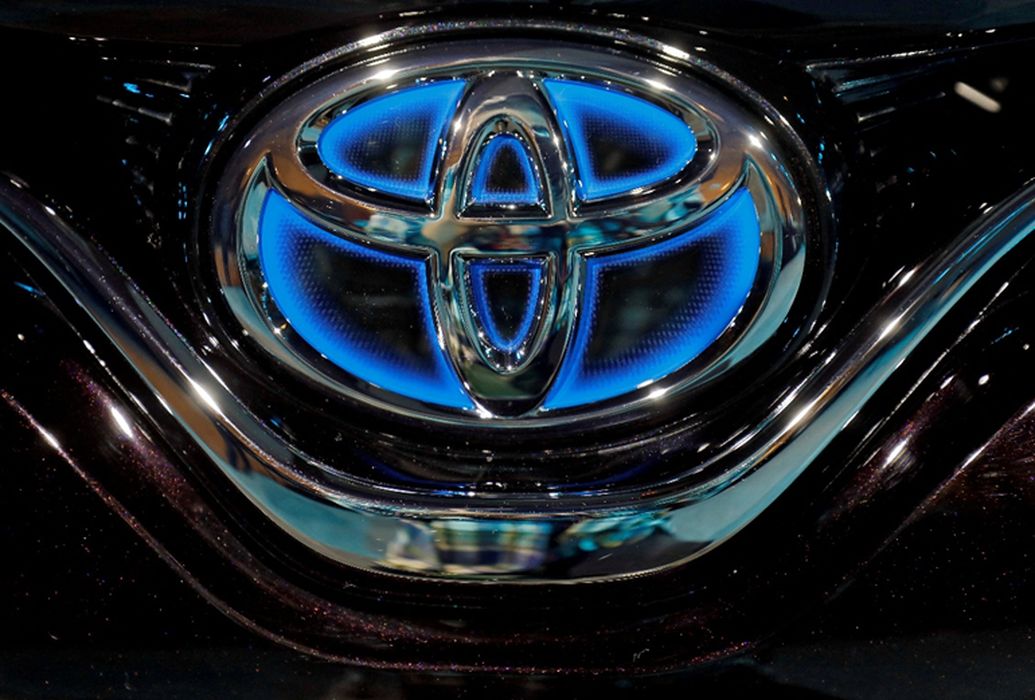
Charles R. Goulding and Ryan Donley look at how those in automotive companies might take advantage of current economic conditions to advance 3D print technology.
In mid-March 2022, a magnitude 7.4 earthquake caused Toyota to shut down over 50 percent of their production in Japan. Eighteen production lines in eleven plants were temporarily shuttered. Unfortunately, the famed Toyota Just in Time system (JIT) concept quickly unravels when a link in the chain is broken.
Ukraine is home to some 40 auto supplier plants that are hobbled by the war with Russia.
The entire auto industry has suffered from supply chain issues since the Covid-19 outbreak began in early 2020. Just as the 3D printing industry stepped up to address PPE needs, it can also be of great assistance to the auto industry during the current world economic conditions. Some large auto brands have made major commitments to additive manufacturing, including Ford, BMW, and Volkswagen. BMW and Volkswagen have both announced that they are negatively impacted by Ukraine’s parts supply disruption.
Fabbaloo recently published an article on how the 3D printing industry is assisting the classic car repair sector.
Tier one auto part suppliers are now making expanded use of 3D printing. Bosch has a Center of Competence in Germany where it is training and evangelizing the benefits of 3D printing for all its engineering staff.
“Developments are racing along like an express train,” says Jan Tremel, the head of the center of competence for 3D printing, which belongs to the Gasoline Systems (GS) and Diesel Systems (DS) divisions. “That’s why it’s so important for us to be making use of this technology now within our company and giving people the skills they need to work with it.”
The auto industry supply chain is constantly under immense pressure with production and logistics stalwarts. Several well-established auto part makers are leveraging 3D printing technology and expertise now more than ever to accelerate the technology to the forefront of the industry. Companies such as 3D Systems, Autodesk, Stratasys, Desktop Metal, BorgWarner, and Arcam AB are rapidly increasing their 3D printing capabilities to potentially alleviate future supply chain stress. 3D printing in the automotive market is expected to be worth $US4.89B by 2027, with a compound annual growth rate (CAGR) of 28.72%, among the highest of any market. In our recent Fabbaloo article we explained how BorgWarner, the large auto parts multinational, is making great use of 3D printing including standing inventory reduction at its New York plant.
The Research & Development Tax Credit
The now permanent Research and Development (R&D) Tax Credit is available for companies developing new or improved products, processes and/or software.
3D printing can help boost a company’s R&D Tax Credits. Wages for technical employees creating, testing, and revising 3D printed prototypes can be included as a percentage of eligible time spent for the R&D Tax Credit. Similarly, when used as a method of improving a process, time spent integrating 3D printing hardware and software counts as an eligible activity. Lastly, when used for modeling and preproduction, the costs of filaments consumed during the development process may also be recovered.
Whether it is used for creating and testing prototypes or for final production, 3D printing is a great indicator that R&D Credit eligible activities are taking place. Companies implementing this technology at any point should consider taking advantage of R&D Tax Credits.
Conclusion
Engineers and production managers throughout the auto industry should now be able to take all of the auto OEM accomplishments and auto supplier 3D printing successes and convince management to increase 3D printing design, production and training budgets. Never waste a crisis.

